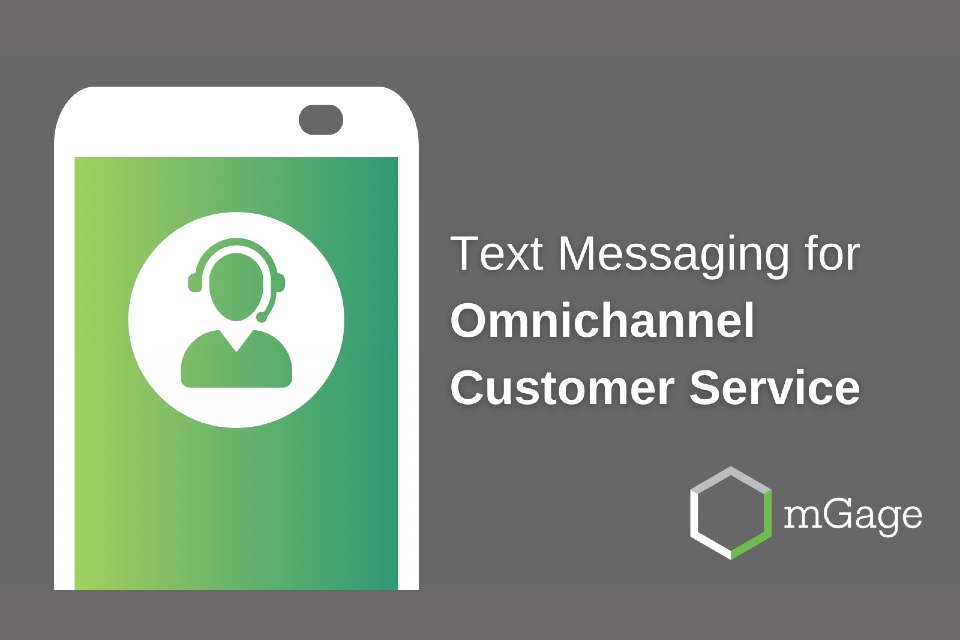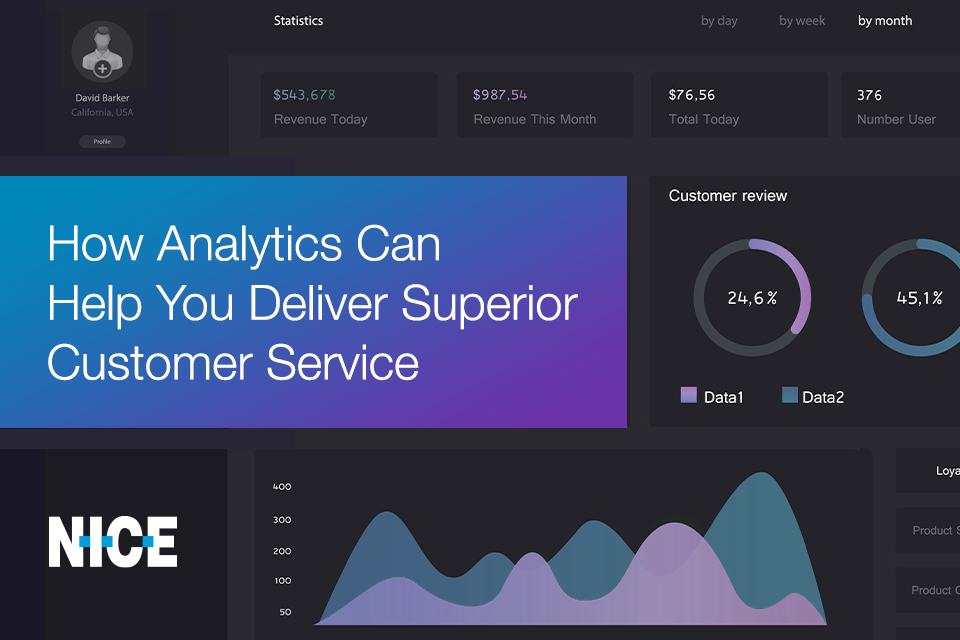Why text messaging should be part of your omnichannel customer service strategy
https://contactcentresummit.co.uk/wp-content/uploads/2021/06/mgage-SMS-Omnichannel-Customer-Service-1-mGage.jpg 960 640 Guest Post Guest Post https://secure.gravatar.com/avatar/abb249055208c7af4d35568e422dfd63?s=96&d=mm&r=gBy mGage
Americans spend about five hours a day on their phones, according to TechCrunch. Consumers expect customized and genuine engagement in real-time, across all communication channels. This trend toward personalized conversational messaging isn’t going away, particularly in the business world. As a result, SMS has become a popular platform among businesses for customer service. As part of an omnichannel strategy, text messaging for customer service can lower costs and facilitate more convenient and engaging relationships between brands and customers.
What is Omnichannel Customer Service
Omnichannel customer service enables interactions between a consumer and a business through multiple touchpoints.
There is some confusion surrounding the difference between “omnichannel” and “multichannel” customer service. Multichannel means having multiple channels for customer support. Omnichannel, however, describes delivering a seamless customer service experience across all of those channels by collecting additional data about the customer with each interaction. With omnichannel, you have a complete view of the customer, which facilitates delivering an excellent customer service experience.
In a siloed approach to customer service, customers often have to answer the same questions multiple times. It may be difficult to transfer discussions from one channel to another. Worse, agents may not have a complete record of prior communication, resulting in communication mishaps.
When text messaging is integrated with an existing CRM system through APIs, conversations can flow easily between online channels, phone calls, and SMS. More than 60% of customers interact through multiple channels, and regardless of time, place, device, or medium, they expect consistency[1]. By adopting an omnichannel approach to customer service, brands give customers an improved experience and more ways to reach them and, in exchange, get more information about the customer.
Consumers Want the Option to Use Text Messaging for Customer Service
Did you know that 62% of companies report that customers like using chat options over voice? In fact, 58% of customers have attempted to respond to a missed call from a business with a text message. Customers are also four times more likely to respond to a text message than return a phone call after receiving a voicemail[2]. Yet less than half of companies surveyed offer text messaging for customer support[3].
There are many reasons to consider offering text messaging as a customer service channel, including…
- Ubiquity
96% of Americans own a cellphone that is capable of receiving SMS messages (Pew Research). - Immediacy
Morgan Stanley reported that 91% of Americans keep their mobile devices within arm’s length at all times, and 90% of all text messages are read within 3 minutes of being received (2019 Mobile Usage Report). - Accessibility
Text messaging does not require an internet connection and can be used by people with various disabilities, including those with hearing impairments. Offering multiple channels helps ensure that customer service is accessible to everyone. - Customer Preference
Consumers show a preference towards text messaging, particularly for urgent notices. In fact, 67% of people said they would rather a business send them an appointment reminder via text instead of an email or phone call. - Efficiency
Text messaging is usually a faster and less expensive way to resolve customer concerns. The average customer service phone call costs about $16, whereas an interaction via text can cost as little as $1, including the cost of the customer service agent’s time (Campaign Monitor).
Brands that add text messaging as a customer service channel will quickly realize both ROI and customer satisfaction benefits.
Adding Text Messaging to Your Customer Service Strategy
While companies sometimes view customer service channels as “competitors” of one another, the customer does not consider it in the same light. The customer sees a brand that is delivering a top-tier service experience. This is important, when you consider that 64% of people find customer experience more important than price when making a purchasing decision[4].
Omnichannel doesn’t just improve customer experience—It also delivers significant ROI and lowers costs thanks to improved customer retention and efficiency. Businesses that adopt omnichannel strategies see 91% higher year-over-year customer retention rates compared to businesses that don’t[5].
If you’re ready to learn more about how text messaging can improve your omnichannel customer service strategy, contact mGage today.










